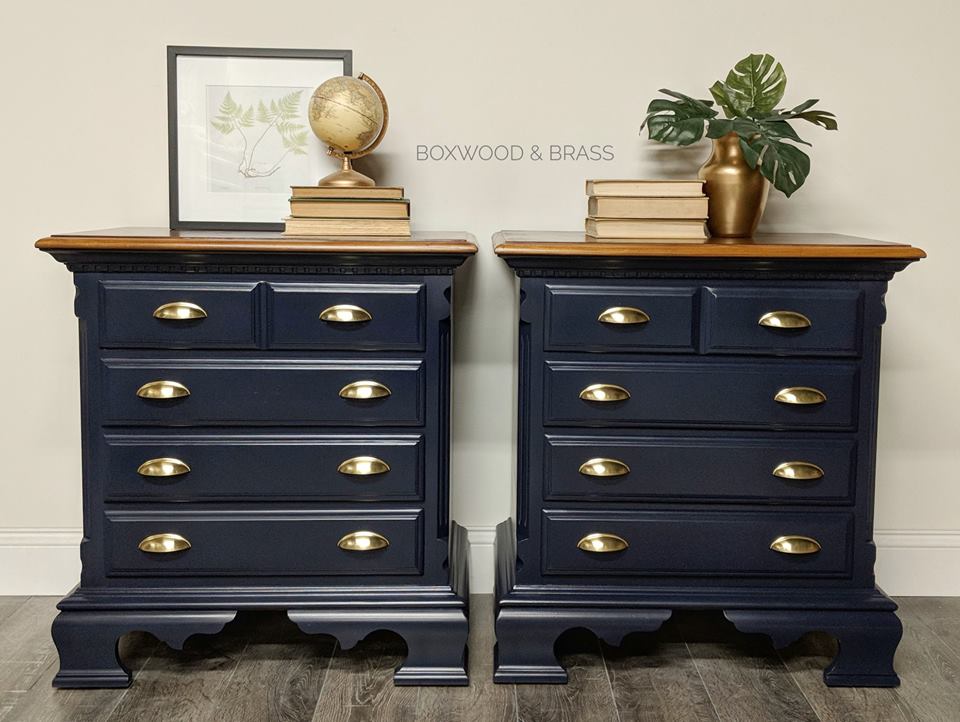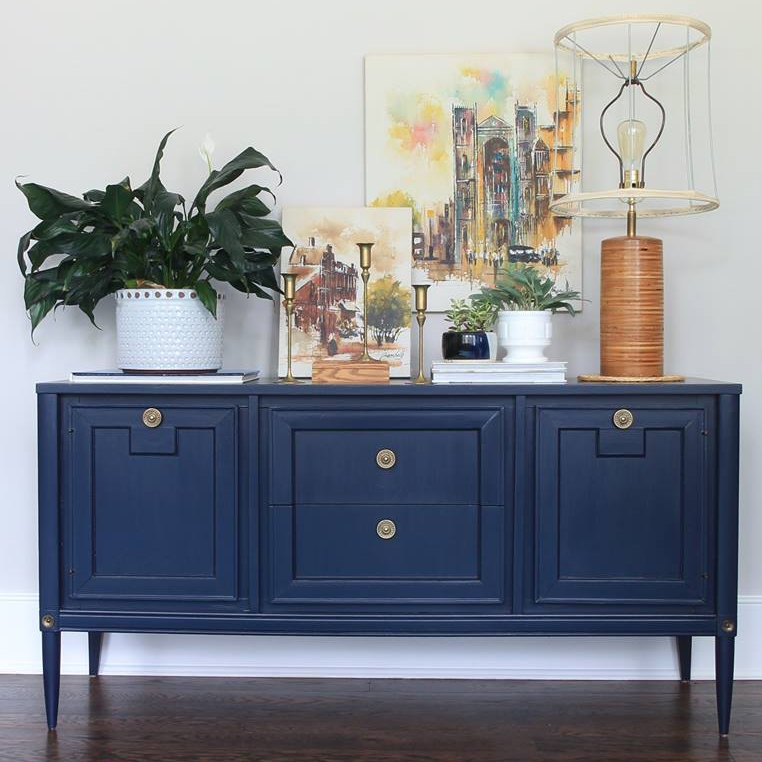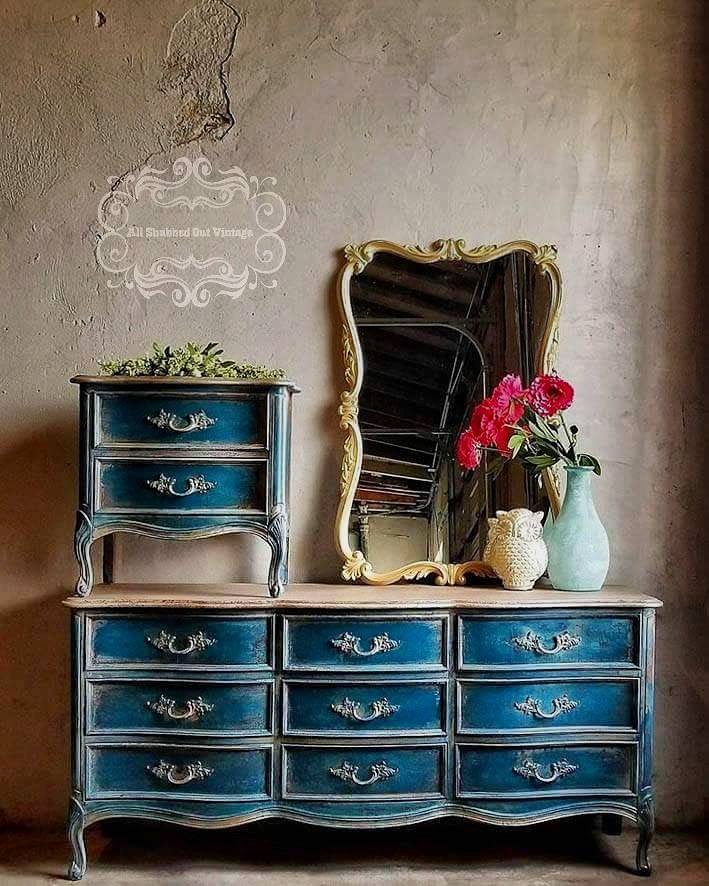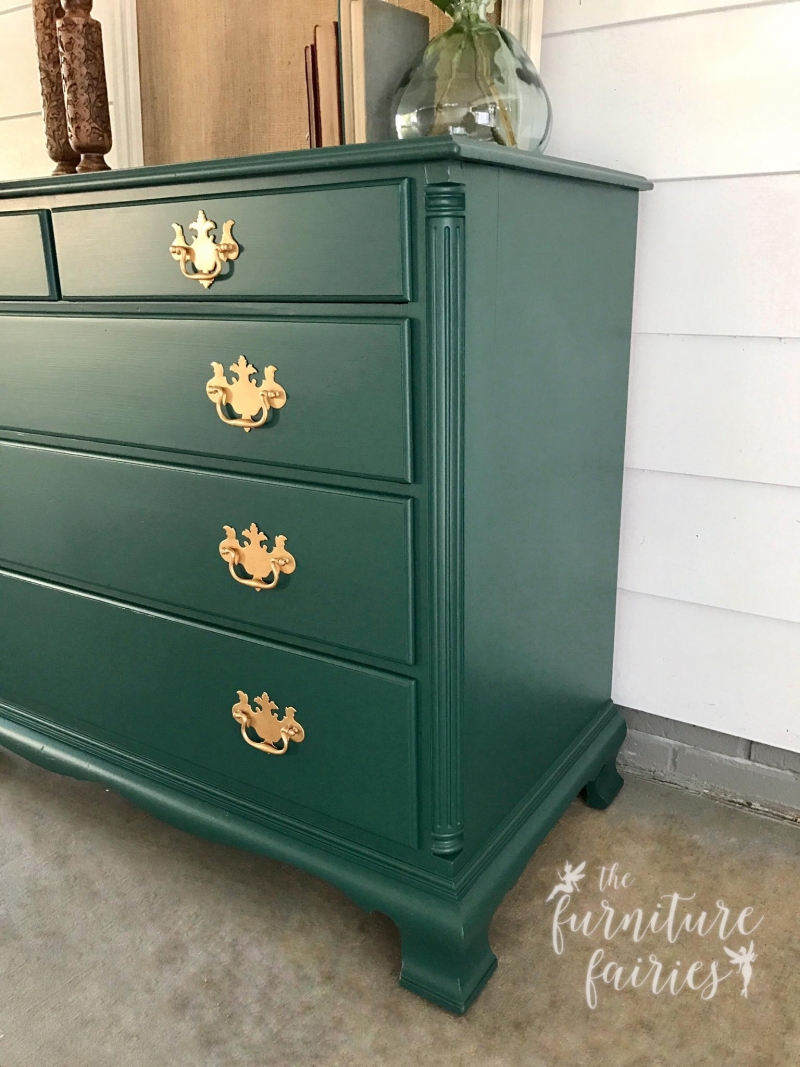There are three primary colors, three secondary colors, and six tertiary colors. Primary color refers to the basic colors, more like the parent colors. That is, these three colors cannot be made by color mixing any other colors. These colors stand on their own and mixing all these three colors gives the black color. Secondary colors are colors that are made by mixing the primary colors. The three secondary colors are orange, green, and purple.
Mixing the colors red and yellow make orange color, green is formed by blending yellow and blue, lighter purple is the result of red and blue mixed together. In the case of tertiary colors, they are created by mixing primary colors with secondary colors. They are red-orange, yellow-orange, yellow-green, blue-green, blue-purple, and red-purple.
By mixing an equal ratio of primary and secondary colors, we get the tertiary colors. These tertiary color mixtures are known by other names also. In subtractive mixing of color, the absence of color is white and the presence of all three primary colors makes a neutral dark gray or black. The secondary colors are the same as the primary colors from additive mixing and vice versa. Subtractive mixing is used to create a variety of colors when printing or painting on paper or other white substrates, by combining a small number of ink or paint colors. Black can be approximated by mixing cyan, magenta, and yellow, although real pigments are not ideal and so pure black is nearly impossible to achieve.
Let us go through the simple answer of how these two colors blend in with other colors. Blue mixed with the primary color yellow makes the color green, which is a secondary color. Blue when mixed with the other primary color red creates the color purple, which is a secondary color. Blue mixes with secondary colors like purple and green to form violet and cyan respectively.
Since orange is the complementary color of blue, mixing these two colors form a muted color. To mute a color, it is usually mixed with its complementary color. In different amounts, blue and orange can be mixed together to form brown too. Blue will create a beautiful blue-violet combination too. When it comes to the color purple, it can be mixed with the primary colors to form tertiary colors.
Purple mixed with the primary color red creates magenta. Purple when mixed with blue creates violet or shades of violet, like lavender. This means that these yellow and purple when mixed together form a muted purple color.
It is good to see purple and yellow together as they complement each other. But when these two are mixed, they create a neutral shade almost similar to brown. But this shade is called muted purple since the purple color can be seen in this purple yellow mix. The mixing of colored physical substances corresponds to subtractive color mixing, hence it corresponds to our intuition about mixing colors. To explain the mechanism, consider mixing red paint with yellow paint.
The red paint is red because when the ambient light strikes it, the composition of the material is such that it absorbs all other colors in the visible spectrum except for red. The red light, not being absorbed, reflects off the paint, and is what we see. This same mechanism describes the color of material objects – note that light is not a material object – and so applies to the yellow paint as well.
Making recourse to the figure above demonstrating additive color mixing, one sees that yellow light is composed of an mixture of red and green light. When we mix the two paints, the resulting substance has red paint and yellow paint. The yellow paint absorbs all colors except for red and green. However, the red paint will absorb the green reflected by the yellow paint. The red paint can be said to subtract the green from the yellow paint. The resulting paint reflects only red light and so appears red to our eyes.
This results in a darker and desaturated color compared to the color that would be achieved with ideal filters. In contrast to an additive system, color systems that remove colors through absorption are called "subtractive" color systems. They are called this because the final color is achieved by starting with white light and then subtracting away certain colors, leaving other colors.
Examples of subtractive color systems are paints, pigments, and inks. An orange pumpkin that you see printed in a newspaper is not necessarily created by spraying orange ink on the paper. Rather, yellow ink and magenta ink are sprayed onto the paper. By convention, the three primary colors in additive mixing are red, green, and blue. In the absence of light of any color, the result is black. If all three primary colors of light are mixed in equal proportions, the result is neutral .
When the red and green lights mix, the result is yellow. When green and blue lights mix, the result is a blue. When the blue and red lights mix, the result is magenta. So the distinction in color systems really comes down to the chemical makeup of the objects involved and how they reflect light. Additive theory is based on objects that emit light, while subtractive deals with material objects like books and paintings.
"Subtractive colors are those which reflect less light when they are mixed together," says Raiselis. "When the blue flashlight circle intersects the green one, there is a lighter blue-green shape," he says. For instance, the color magenta is made out of red and blue, while cyan is a mixture of green and blue, and yellow is made out of both red and green.
When all three primary colors of light are mixed together the result is white light, while black is just the absence of light. Sir Isaac Newton was the individual who recorded the fact that white light is made out of the three visible spectrum colors. Newton found that the color spectrum was projected onto a nearby wall when he passed some light through a prism. An additive color is one created by mixing red, green and blue light in different combinations. Additive colors begin as black and become brighter as you add different light. In contrast, a subtractive color is made by partial absorption of different colors of paint or ink.
They begin as white and take on the appearance of the added colors or their mixtures. More yellow for contrastMustardYellow + add red, black and a little greenBeigeBrown and gradually add white to give a beige color. When it comes to light or screen color mixing, this method uses the RGB color wheel. In this form, red, blue and green are the primary colors of light used on the wheel.
The secondary colors are formed by the mixture of two primary colors, resulting in cyan, magenta and yellow. The primary color red is mixed with white to create a base pink color, to this, light blue is added to make the periwinkle color. There are different shades of blue like ultramarine blue and other darker shades of blue. Each of these blues mixed with purple gives a different shade or tint of lavender. The primary color blue is mixed with white to create a light hue and with black to create darker shades.
There are colors like periwinkle gray that is a silvery blue-purple mix. The main difference between lavender and periwinkle is the blue color content in both colors. Lavender has a slightly light blue color when compared to periwinkle.
While lavender has a bit more purple, periwinkle is both purple and blue. There are different shades of purple colors known too. Mauve, plum, lilac, sangria, heather, mulberry, and wine are all different shades of purple.
Likewise navy, sky, cobalt, ocean, denim, peacock are all different blues. Blue and purple mixed together make paint dark purple if the purple color hue is more in the shade. Dark purple and ultramarine blue requires you to mix black in them for the purple and blue dark shades. The color mixing process requires you to mix the necessary amount depending on the shade that you're looking for. What has been discussed so far is the color that comes from the emitting of light, the visible portions of the electromagnetic spectrum. However, pigments don't work by adding light together, rather pigments work by trapping some frequencies of light and only letting certain wavelengths of light bounce off the object.
This is referred to as subtractive color, and subtractive color is what is used to create paints and dyes. The paint or dye absorbs certain frequencies and reflects the other frequencies off of it, with the brain interpreting this reflected frequency as a certain color. When red and blue pigments are mixed together, the result is purple. Pigments don't get their colors by emitting certain electromagnetic wavelengths like light does. Instead, pigments receive their color by absorbing certain wavelengths of the spectrum. Due to this fact, when determining what colors are produced when mixing pigments together, the calculation is different.
The primary colors in terms of pigments are yellow, magenta, and cyan. Magenta absorbs green light, yellow absorbs blue light, and cyan absorbs red light. Mixing blue and red pigments together will give you the color violet or purple. An external source of illumination is assumed, and each primary attenuates some of that light. Combining all three primaries absorbs all the light, resulting in black. For real pigments, the results would be somewhat complicated by opacity and mixing behavior, and in practice adding a fourth pigment such as black may be helpful.
When it comes to color behavior, light behaves in opposing ways to pigments. The primary colors of light are the secondary colors of pigments. Mixing a given color pair together will bring different results in light and pigment. Adding more colors to the mix will sully or darken the color in paint, but will appear paler and brighter in light. The only thing they have in common is their complementary colors. But mixing complementary colors together will result in black in pigment; but white for light.
When red and blue light are combined, the result is magenta. When green and blue light are combined, they make cyan. And when all three primary colors of light are combined, we see white light.
"Subtractive colour mixing results when we mix together paints or inks," Westland says. Take a piece of white paper; this paper reflects all of the wavelengths in the visible spectrum to a very high degree. The yellow ink absorbs the blue wavelengths, leaving the others — which are seen as yellow — to be reflected. So rather than being additive, in this case we start with white and then start to subtract light at certain wavelengths as we add the primaries." Black is a commonly used paint color, but you may not have any on hand or you may want a black that leans slightly toward another color.
Black paint can be made with equal parts red, yellow, and blue paint mixed together on a palette. You can also mix complementary colors such as blue and orange, red and green, or yellow and purple. Mixing blue and brown can also result in a rich black. For example, mixing cadmium yellow and cadmium red light creates a warm orange.
If you mix lemon yellow with alizarin crimson, you get a cooler, more gray orange. Mixing secondary colors is not only about the proportions in which you mix two primary colors, but also knowing what different reds, yellows, and blues produce. If you mix two primaries together, you create what is called a secondary color. Mixing blue and red creates purple; red and yellow make orange; yellow and blue make green. The exacthueof the secondary color you've mixed depends on which red, blue, or yellow you use and the proportions in which you mix them. If you mix three primary colors together, you get atertiary color.
The secondary colors are what you get when you mix any two adjacent primary colors. Red and green give yellow, red and blue give you magenta and a mix of green and blue result in a cyan color. The secondary colors are also the primary colors in the subtractive color system. The painter's color wheel is a convenient way to understand how to mimic some colors by mixing red, yellow, and blue pigments. This does not make red, yellow, and blue the primary colors of the human visual system. They can't reproduce the widest variety of colors when combined.
Cyan, magenta, and yellow have a greater chromatic range as evidenced by their ability to produce a reasonable black. No combination of red, yellow, and blue pigments will approach black as closely as do cyan, magenta, and yellow. The primary colors are red, green, and blue — not red, yellow, and blue. Have you ever mixed red and blue paint only to find you have "mud" instead of purple?
What Happens When You Mix Blue And Green Paint Want to know how to create any resin color you may need for a project? Lack of good information has made mixing colors difficult in the past. Before the invention of color photography, color mixing was not very well understood. Many believed that red, yellow, and blue were the primary colors, from which you could make all others.
Now, we know that magenta, yellow, and cyan are the true primaries and give much better results. And as far as blue goes, it's not as pure as you think either. "It looks pure because it absorbs strongly in two thirds of the spectrum," Westland says. Wilcox has widened the split between the red and blue primaries to the point where they are completely different hues — yet he still hangs onto his two similar "primary" yellows. Mix equal parts of red, yellow, and blue paint on a palette to make black paint. Combining complementary colors like yellow and purple, red and green, or blue and orange is possible.




















